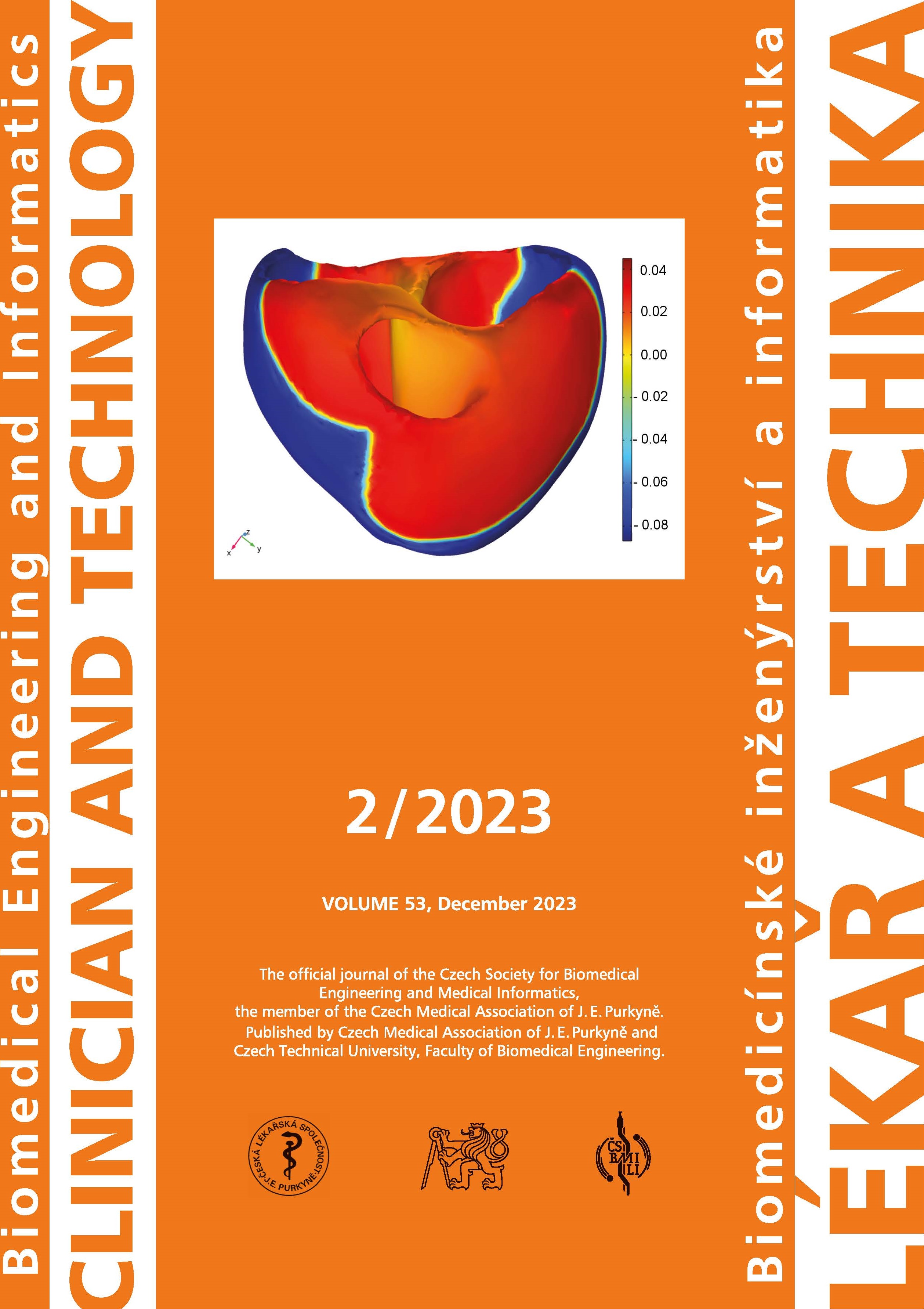DETECTION OF PHOBIAS FROM ELECTRODERMAL ACTIVITY SIGNAL
DOI:
https://doi.org/10.14311/CTJ.2023.2.02Abstract
This article is focused on the preliminary study of detecting different types of phobias from the electrodermal activity signal. Electrodermal activity is independent of parasympathetic activity; therefore, it is an ideal indicator of phobias. An automatic algorithm was created for the detection of phobias, which evaluates the presence of a stress reaction to a stimulus in the form of an image sequence representing the given phobia. The results obtained using the proposed algorithm were confronted with the data provided by individual respondents in the questionnaire. By comparison, it was found that the proposed algorithm detected a greater number of phobias than reported by the respondents. According to the achieved results, we can state that electrodermal activity can serve as a means of objectifying the presence of phobias in individuals.
Downloads
Published
Issue
Section
License
Copyright (c) 2024 Branko Babušiak, Maros Smondrk, Ladislav Janousek, Eva Maria Kolembusova

This work is licensed under a Creative Commons Attribution 4.0 International License.
Authors who publish with this journal agree to the following terms:
- Authors retain copyright and grant the journal right of the first publication with the work simultaneously licensed under a Creative Commons Attribution License (https://creativecommons.org/licenses/by/4.0/) that allows others to share the work with an acknowledgment of the work's authorship and initial publication in CTJ.
- Authors are able to enter into separate, additional contractual arrangements for the non-exclusive distribution of the journal’s published version of the work (e.g., post it to an institutional repository or publish it in a book), with an acknowledgment of its initial publication in this journal.
- Authors are permitted and encouraged to post their work online (e.g., in institutional repositories or on their website or ResearchGate) prior to and during the submission process, as it can lead to productive exchanges.
CTJ requires that all of the content of the manuscript has been created by its respective authors or that permission to use a copyrighted material has been obtained by the authors before submitting the manuscript to CTJ. CTJ requires that authors have not used any copyrighted material illegally, as for example a picture from another journal or book, a photo, etc. It is the author’s responsibility to use only materials not violating the copyright law. When in doubt, CTJ may ask the authors to supply the pertinent permission or agreement about the use of a copyrighted material.
The opinions expressed in CTJ articles are those of authors and do not necessarily reflect the views of the publishers or the Czech Society for Biomedical Engineering and Medical Informatics.


